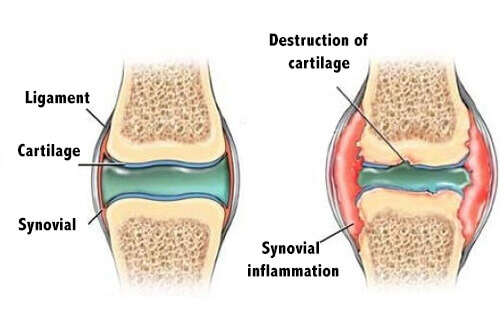Good for posture,releasing tension develop focus concentration,belief.
Use stillness,controlled movement,isolate body parts.
E.g Spine roll,pendulum,zen rock garden
laughing yoga is good for you because it makes you happy when your sad and board and it is good for you
visualisation is about saying things that makes you happy and makes you laugh it is funny
you do visualition by closing your eyes and you breath in and out



